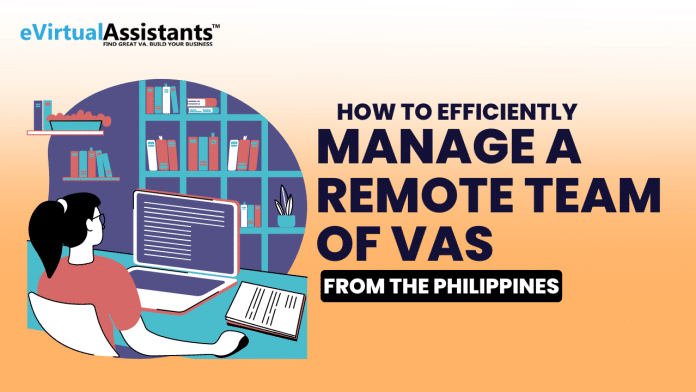Managing a remote team of virtual assistants from the Philippines doesn’t just enhance business operations but goes a long way to achieve effectiveness and productivity. With this regard, this guide is going to dive deeper into essential key pillars needed for effective management of your remote team in order to build an uninterrupted workflow towards achieving your business goals.
Clear Communication
Why It Matters:
Effective communication is the bedrock to managing any kind of team, including remote. This ensures all team members are on the same page about the tasks at hand and can use each other as a resource. Miscommunication can lead to errors, delays, and decreased morale, which is why establishing robust communication practices is vital.

How to Implement
- Regular Check-ins: Schedule regular meetings through the day or week for checking in, considering progress, raising concerns, and aligning priorities. The check-ins can be short but need to hit on key points so everyone stays informed.
- Use Collaboration Tools: Leveraging platforms such as Slack, Microsoft Teams, or Zoom should keep communication current and conferencing over video. These tools eliminate the distance created by physical barriers and make it more feasible to collaborate efficiently.
- Set Expectations: Clearly let them know what you expect in terms of working hours, response times, and how communication is managed. Make it clear to your team members when and how they should reach out for help.
Tools and Tips:
- Utilize project management tools like Trello, Asana, or Monday.com to track tasks and deadlines. These tools provide visibility into what everyone is working on, helping to prevent overlaps and gaps.
- Encourage open communication and make yourself available for queries and support. An open-door policy, even in a virtual environment, can foster trust and transparency.
Example: Imagine you have a VA responsible for handling customer service emails. By setting up a daily check-in at the start of their shift, you can discuss any issues from the previous day and set clear priorities for the current day. Using a collaboration tool like Slack ensures they can quickly ask questions or report urgent issues, keeping the workflow smooth and efficient.
Detailed Documentation
Why It Matters: Having well-documented processes ensures that your team knows exactly what is expected of them and how to perform their tasks. This reduces the learning curve for new VAs and provides a reference point for existing team members, promoting consistency and quality in their work.
How to Implement:
- Create SOPs (Standard Operating Procedures): Document step-by-step instructions for recurring tasks. SOPs provide a clear and concise roadmap for your VAs, minimizing the risk of errors and improving efficiency.
- Share Resources: Make sure your team has access to necessary resources, such as guides, templates, and reference materials. A well-organized resource library can save time and enhance productivity.
- Update Regularly: Keep documentation up to date with any changes in processes or policies. Regular reviews and updates ensure that your documentation remains relevant and useful.
Tools and Tips:
- Use cloud-based platforms like Google Drive or Dropbox to store and share documents. These platforms allow easy access and collaboration, ensuring that everyone has the latest information.
- Maintain a central knowledge base or wiki for easy access to information. Platforms like Confluence or Notion can serve as comprehensive knowledge management systems.
Example: Suppose your VA is tasked with scheduling social media posts. A detailed SOP outlining the steps for creating, scheduling, and publishing posts on different platforms will ensure they follow the correct process every time. Providing templates for post captions and guidelines for image selection can further streamline the process.
Performance Monitoring
Why It Matters: Monitoring performance helps you ensure that your team is productive and meeting their goals. It also allows you to identify areas for improvement and provide constructive feedback. Regular performance reviews can help maintain high standards and keep your team motivated.
How to Implement:
- Set Clear Goals: Define specific, measurable, achievable, relevant, and time-bound (SMART) goals for your team. Clear goals provide direction and a sense of purpose, helping your VAs stay focused.
- Track Progress: Use performance tracking tools to monitor task completion and productivity. Regular tracking enables you to identify bottlenecks and address them promptly.
- Provide Feedback: Regularly review performance and provide feedback to help your team improve. Constructive feedback, when delivered appropriately, can boost morale and drive continuous improvement.
Tools and Tips:
- Tools like Time Doctor or Hubstaff can help track time and productivity. These tools offer insights into how your team spends their time, allowing you to optimize workflows.
- Conduct performance reviews and one-on-one meetings to discuss progress and areas for development. These meetings provide an opportunity to address concerns, recognize achievements, and set new goals.
Example: Consider a VA handling data entry tasks. By setting a goal to process a certain number of entries per day and using a tool like Time Doctor to monitor their progress, you can ensure they stay on track. Regular feedback sessions can help address any challenges they face and provide guidance on improving efficiency.
Foster a Positive Work Culture
Why It Matters: A positive work culture boosts morale, encourages collaboration, and increases job satisfaction, which in turn enhances productivity. Creating a supportive and engaging environment can make your VAs feel valued and motivated to perform at their best.

How to Implement:
- Recognize Achievements: Celebrate milestones and achievements to motivate your team. Recognition can come in various forms, such as shout-outs during meetings, digital badges, or small rewards.
- Encourage Collaboration: Foster a sense of community through team-building activities and collaborative projects. Regular team interactions can help build rapport and improve teamwork.
- Support Development: Invest in your team’s professional growth by providing training and development opportunities. Continuous learning not only benefits your team but also enhances your business capabilities.
Tools and Tips:
- Use platforms like Zoom or Microsoft Teams for virtual team-building activities. Activities like virtual coffee breaks, online games, or collaborative workshops can strengthen team bonds.
- Offer incentives and rewards to recognize outstanding performance. Incentives can range from bonuses to professional development courses, depending on your team’s needs and preferences.
Example: If a VA consistently exceeds their performance goals, recognize their hard work during a team meeting and offer a reward, such as a gift card or a paid training course. Encouraging team members to share their successes and challenges can also foster a collaborative and supportive environment.
Setting the Stage for Success
Managing a remote team of VAs from the Philippines effectively requires clear communication, detailed documentation, performance monitoring, and a positive work culture. By implementing these pillars, you can ensure that your team operates efficiently, stays motivated, and consistently meets your business goals. With the right strategies in place, your remote team can become a valuable asset, driving growth and success for your business.
If you liked reading this, you’ll also find the below articles useful:



